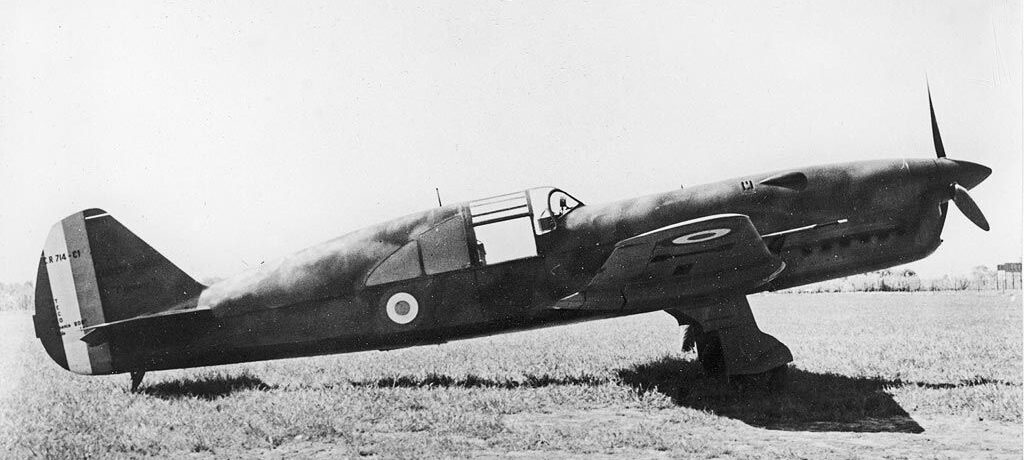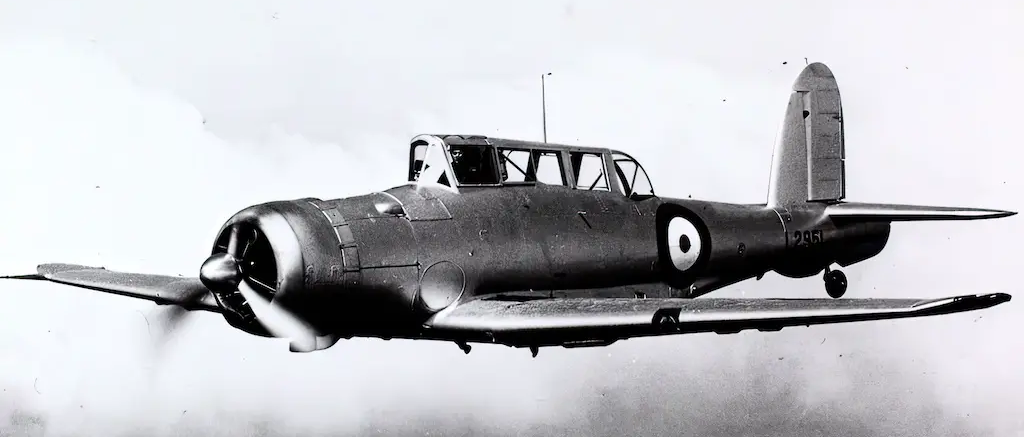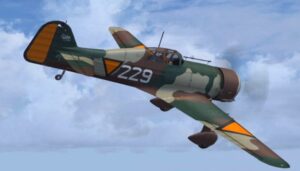Forgotten Warplanes of world wars i and ii: Hidden Wings of History. world wars i and ii remains a defining chapter in human history, marked by unprecedented technological advancements in warfare. While iconic aircraft like the Spitfire, B-17 Flying Fortress, and Messerschmitt Bf 109 dominate the narrative, numerous lesser-known warplanes played pivotal roles but have since faded into obscurity. These forgotten aircraft were testaments to ingenuity, serving their nations in times of dire need. Today, as the world reflects on aviation history, a new spotlight shines on these unsung heroes of the skies.
World Wars i and ii: The Caudron C.714 Cyclone, France’s Speedy Underdog.

France’s Caudron C.714 Cyclone was an innovative attempt to build a lightweight fighter. Designed with a wooden structure to circumvent material shortages, it was remarkably agile and fast. However, the Cyclone’s underpowered engine limited its combat effectiveness. Despite its shortcomings, Polish pilots in exile flew the C.714 against overwhelming odds during the Battle of France, demonstrating remarkable courage. The aircraft’s legacy underscores the desperation and resilience of wartime innovation.
World Wars i and ii: The Blackburn Skua, Britain’s Dive Bomber Pioneer.

The Blackburn Skua, a Royal Navy carrier-based aircraft, served as both a fighter and dive bomber. Though overshadowed by more advanced designs, it was the first aircraft to sink a German warship during the war. The Skua’s versatility exemplified the challenges of early naval aviation, balancing offensive capability with the constraints of carrier operations. Its short service life highlights the rapid pace of technological evolution during the conflict.
World Wars i and ii: The Mitsubishi Ki-83, Japan’s Long-Range Fighter That Never Saw Combat.

Developed as a twin-engine heavy fighter, the Mitsubishi Ki-83 was a promising design boasting excellent speed, range, and armament. Intended to counter the B-29 Superfortress, the Ki-83 showed great potential during test flights. However, it entered development too late to influence the war. This forgotten gem reflects the missed opportunities in Japan’s wartime strategy, where resource allocation often hindered promising projects.
World Wars i and ii: The Fokker D.XXI, A Dutch Triumph Against Adversity.

The Fokker D.XXI was a rugged and reliable fighter employed by the Netherlands, Finland, and Denmark. It achieved notable success during the Winter War, where Finnish pilots used it effectively against Soviet forces. Though outclassed by later designs, the D.XXI’s sturdy construction and ease of maintenance made it a valuable asset for smaller air forces.
World Wars i and ii: Current News, Rediscovery of a Rare Dornier Do 17 Wreck.

In recent aviation news, marine archaeologists have uncovered a remarkably preserved Dornier Do 17 bomber off the coast of Norway. Known as the “Flying Pencil” due to its slender fuselage, the Do 17 was instrumental during the early stages of World Wars i and ii, particularly in the Battle of Britain. This discovery offers a unique glimpse into wartime aviation and highlights the importance of preserving these forgotten relics for future generations.
World Wars i and ii: The Caproni Campini N.1, Italy’s Experimental Jet.
Italy’s Caproni Campini N.1 was one of the world’s first jet-powered aircraft. Though not a true jet by modern standards, its motorjet engine represented a bold step into uncharted territory. The N.1’s limited performance and impractical design meant it never saw operational use. Nevertheless, it remains a fascinating chapter in the evolution of jet propulsion.
The Curtiss-Wright XP-55 Ascender, America’s Backward Pursuit:
The XP-55 Ascender was an unconventional U.S. prototype featuring a pusher propeller and swept wings. Its unique design aimed to achieve high speeds and exceptional maneuverability. Unfortunately, the Ascender suffered from stability issues and failed to meet performance expectations. Despite its flaws, the aircraft’s innovative approach influenced future designs.
The Blohm & Voss BV 141, Asymmetric Genius:
Germany’s Blohm & Voss BV 141 defied conventional design norms with its asymmetric layout. Intended as a reconnaissance aircraft, the BV 141’s unorthodox configuration provided excellent visibility for its crew. While technically successful, it was overshadowed by other projects and produced in limited numbers. The BV 141 stands as a testament to engineering creativity during a time of immense pressure.
The Consolidated PBY Catalina, Silent Sentinel of the Seas:
While the PBY Catalina is not entirely forgotten, its multifaceted role is often underappreciated. Used for reconnaissance, anti-submarine warfare, and search-and-rescue missions, the Catalina’s versatility made it indispensable in multiple theaters. Its ability to operate from remote locations and perform long-endurance missions cemented its place in aviation history.
The Heinkel He 219 Uhu, Germany’s Night Hunter:
The He 219 Uhu (Owl) was a highly advanced night fighter equipped with radar and formidable armament. Though only produced in small numbers, it achieved significant success against Allied bombers. Its innovations, including ejection seats and a pressurized cockpit, influenced post-war aircraft designs. The He 219’s limited deployment underscores the challenges of wartime production priorities.
FAQs:
Q: Why are some World Wars i and ii aircraft less well-known?
A: Many aircraft were overshadowed by more successful or iconic designs. Limited production, short service life, or late entry into the war often contributed to their obscurity.
Q: Are there ongoing efforts to preserve these forgotten warplanes?
A: Yes, museums, private collectors, and restoration groups work tirelessly to preserve and restore rare aircraft. Recent discoveries, such as the Dornier Do 17, highlight the importance of these efforts.
Q: How did technological advancements during World War II impact aviation?
A: The war accelerated aviation innovation, leading to rapid development in propulsion, aerodynamics, and weaponry. Many forgotten aircraft contributed to these breakthroughs, even if they did not achieve fame.
Q: Can these forgotten warplanes be seen today?
A: Some surviving examples are displayed in museums worldwide, while others exist as replicas or ongoing restoration projects. Research and exploration continue to uncover more.
Conclusion
The forgotten warplanes of World Wars i and ii remind us that history is more than just a collection of celebrated names and events. These aircraft, though overshadowed, played crucial roles in shaping the outcomes of the war and advancing aviation technology. As we uncover and preserve their stories, we honor the legacy of the engineers, pilots, and crews who pushed the boundaries of possibility in humanity’s darkest hours.


